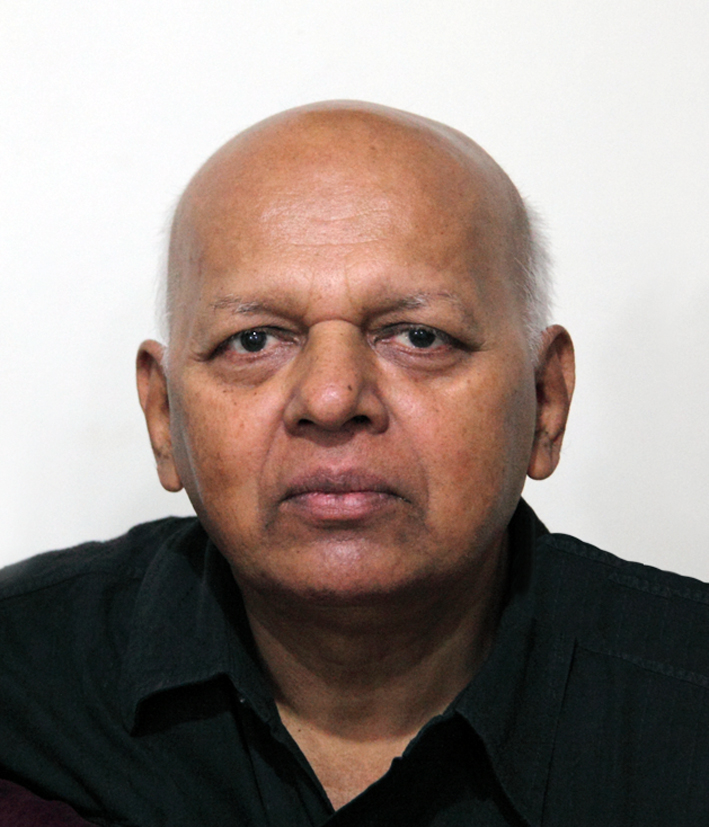Deteriorating public employment, rising contractualisation!
By M.Y.Siddiqui
India witnessed rising contractualisation, privatization and wage deceleration in the public and private sectors during the last ten years from 2014 to 2024. In 2014, during the last year of the UPA government, the top one percent of Indians had 21.4 percent income share, which went up to 22.6 percent in 2022 and their wealth share increased from 30.4 percent to 40.1 percent over the ten years of RSS Pariwar union government. The greater rise in the wealth, compared with the income share of the top one percent reflects acceleration of accumulation of capital under the current fascist dispensation.
The top 10 percent of population’s income share of 56.1 percent in 2014 rose to 57.7 percent in 2022 and their share increased from 62.6 percent to 65 percent during the same period. The income and wealth shares of the remaining Indians reduced drastically at the same time. The squeeze was felt differently by the bottom 50 percent and middle 40 percent in different ways so much so that there has been enormous concentration of income and wealth among billionaires and multi-millionaires. Simultaneously, economic conditions of workers in the organized sector like government employees, workers in organized manufacturing and teachers deteriorated largely. India, a signatory of the United Nations Sustainable Development Goals (SDGs), has failed to ensure decent employment opportunities and reduce income and wealth inequalities during the period. Points 8 and 10 of SDGs provide for ensuring decent employment opportunities and reduce disparities in income and assets. There has been declining decent employment opportunities in regular jobs in the government, in private sector during the last ten years of RSS Pariwar union government.
The fascist dispensation has shown disdain towards its commitment to achieve SDG targets of reducing poverty, hunger, inequality and improving decent employment opportunities. Promises made during the 2014 General Elections, like creation of 20 million (2 crore) jobs annually and transfer of Rs.15 lakh (1.5 million rupees) to each bank account holder were not fulfilled. Thus, SDG remained unimplemented in India. The working age population increased from 968 millions in 2017-18 tp 1,021 million in 2021-22, as reported by the Status of Working Report (SWR) 2023. The labour force and work force increased from 468 million and 427 million respectively to 528 million and 493 million over the years. The labour force participation rate also increased from 48.4 percent to 51.7 percent and the worker participation rate increased from 44.1 percent to 48.1 percent.
The earnings were largely stagnant during the last ten years of RSS Pariwar union government. Monthly earnings of self-employed declined from Rs.12, 318 to Rs.12, 089 over the initial four years. Monthly casual wage slightly increased from Rs.6, 959 to Rs.7, 856 and the regular wage earnings stagnated at Rs.19, 450 in 2017-18 and Rs.19, 456 in 2021-22. This amounted to real wage decline when we calculate inflation during this period. A more comprehensive scenario about employment and unemployment among the youth can be better arrived at by using additionally data from CMIE. The employment rate has declined from 42.8 percent to 37.4 percent, falling to less than 40 percent. Youth unemployment rate is currently at 45.4 percent in 2022-23 having increased sharply from 29 percent in 2016-17.
Worsening of public employment in the country since 2014 has impacted adversely employment in the private sector as well. The Indian organized manufacturing sector also experienced increase in the number and share of contractual workers during the same period. However, total number of employment increased from 104.4 lakh in 2013 139.1 lakh in the Indian organized sector. Such increase in employment number did not improve employment conditions as the share of contractual workers increased to 42.2 percent in 2022 as a result of growing proximity between corporate capital and the fascist dispensation since 2014. Similarly, there has been all round deterioration in education, health and regular employment. The size of the contractual employment has gone up by more than 42 percent. The plight of contractualisation workers and their families cannot improve as they are kept on tenterhook, facing uncertainty, demoralization, lack of motivation and lack of social security.
Four important features tat characterized RSS Pariwar union government in last ten ears were declining number of government jobs, lower growth rate of government jobs in post-Covid years, increasing contractualisation of workers in government employment, and increasing casualization of workers. Lower employment growth and increasing privatization in all segments of governance reflect the proclivity of fascist union government to prioritise short term interests of corporate profiteering through privatization over the long term interests of even capital of providing skilled labour power in the Indian economy, demonstrating viciousness of the tall claims about India being a knowledge economy. Besides, the tendency for labour productivity to run over the growth rate has resulted in a labour displacing trajectory of growth.
The current status of vacancies in different organs of the union government are 910,153 in ministries/departments followed by public sector banks 200,000, public health 168,480, Anganwadi 176,057, central universities 18,647, central and Navoday schools 16,329,,, primary state schools 837,529, IIT/IIIT/IIM/NIT 16,687, Indian Army 107,505, Supreme Court 4, High Courts 419, Additional Sessions Courts 4929, Allied Central Educational Institutions 1662. These numbers, as in 2023, add up to over three million or more than three lakh vacancies in the union government. The fascist union government has adamantly refused to reconsider the revival of old pension scheme to effectuate a defined benefit pension and social security to retired government employees.
The way-out in the prevailing situation is to provide for sustainable assured employment for workers in the unorganized sector too, through expansion of the employment guarantee programme to urban areas and payment of living wages, institution and augmentation of a universally defined benefit pension scheme for all citizens, augmentation of healthcare and education access to all eventually through the expansion of public healthcare and public education. To implement these measures would be partly self-financed through the government expenditure multiplier and partly through increased tax revenue, and introduction of capital controls on international finance capital to make the schemes sustainable for a better political economy!
Powered by Froala Editor




LEAVE A REPLY